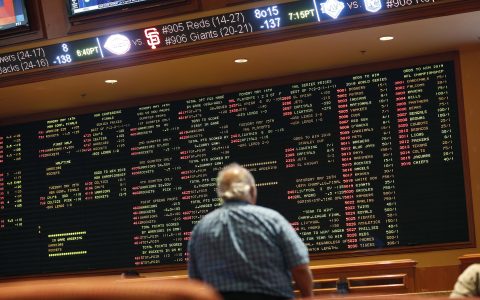Understanding Plus and Minus Betting Odds
Sports betting odds using (+) and (-) symbols represent underdogs and favorites in moneyline formats. Negative odds indicate favorites requiring a larger stake to profit, while positive odds show underdogs' potential returns on a smaller stake.
Negative Odds Explained (-)
Negative odds denote the favored team/outcome. The number shows how much you must bet to win $100.
Example: -150 means bet $150 to profit $100 (total return $250).

- Calculation: Stake $110 at -110 → Win $100 profit
- Implied probability: Moneyline ÷ (Moneyline + 100) × 100. -200 = 200/(200+100) = 66.7% chance
Positive Odds Explained (+)
Positive odds indicate underdogs. The number shows your profit on a $100 wager.
Example: +200 means a $100 bet returns $200 profit (total $300).
- Calculation: Stake $100 at +250 → Profit $250
- Implied probability: 100 ÷ (Odds + 100) × 100. +300 = 100/(300+100) = 25% chance
Key Betting Tips
- Identify value: Compare implied probability with your own assessment of actual likelihood
- Favorites = lower risk/lower reward: Consistent returns require high win rates
- Underdogs = higher risk/higher reward: Fewer wins needed for profitability
- Quick calculation: Negative odds: Stake ÷ (Odds ÷ 100). Positive odds: Stake × (Odds ÷ 100)
- Shop odds: Significant variations exist between sportsbooks for same events
Remember: Minus doesn't guarantee victory, plus doesn't mean impossible. Odds reflect perceived probability and sportsbook margins.








